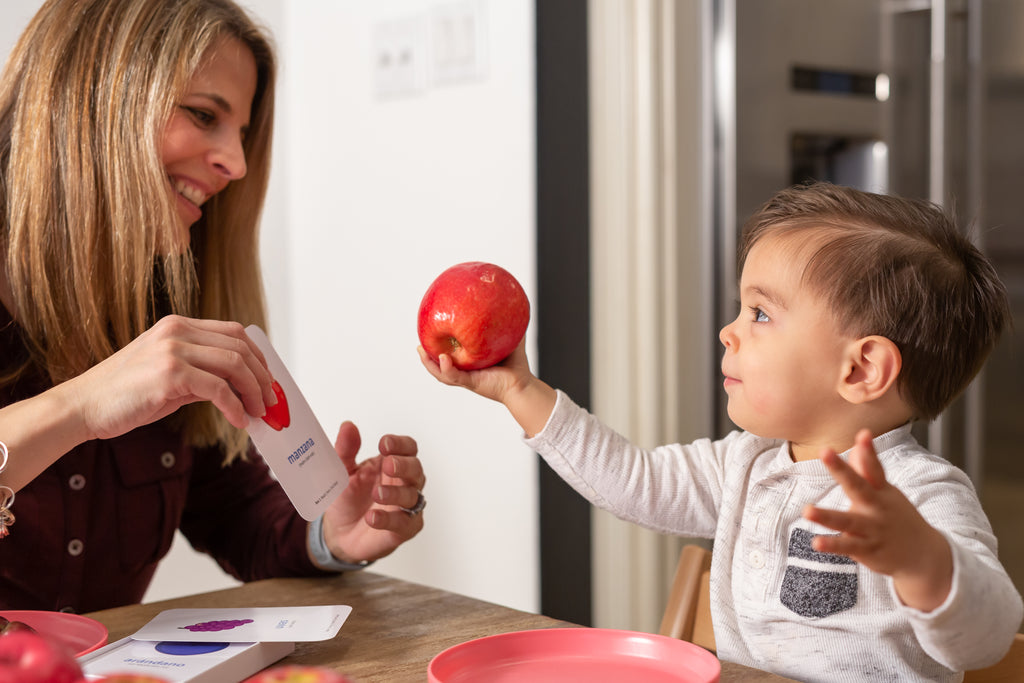How to use Jamma Jango
When I created Jamma Jango, I developed the program with “the parent” in mind. I realized it’s way easier for a child to learn any new skill or sport--if their parent is also committed to helping them learn. When my nephew wanted to learn soccer, my sister-in-law bought his soccer gear, attended all his practices and games, and even practiced soccer with him in her backyard after school. Her husband also volunteered to be an assistant coach.
Learning a foreign language requires a similar kind of investment and time commitment, as well. I was surprised to find there were not of options available for young children to learn a foreign language (such as, Mandarin for kids or a program to teach kids Spanish--like Spanish for babies or Spanish for toddlers).
So, when I developed Jamma Jango, I wanted to introduce a language learning program that is fun for kids to use but also practical and easy for parents to manage. This language learning program provides parents an all-in-one box they can use at home or bring with them anywhere, so they have all the educational tools they need at their fingertips. Parents can use this product at home as a supplement to their childrens' language education, even if they are already attending Spanish preschool. The language box can also be used as part of one's Mandarin or Spanish homeschool curriculum.
STEP 1: WATCH THE CARTOONS
First, I developed the cartoons. Cartoons offer a natural way for children to learn a new language by watching and hearing characters talk. There are three main characters in the Jamma Jango cartoon. Kaylo, a bunny that speaks English; Ippy, a duck that speaks the second language like Mandarin Chinese or Spanish; and Van Go Go, a dog that translates both languages for them. I wanted the cartoon to be conducted in two languages because it is a very common way of learning languages in multilingual homes. I grew up speaking two languages at home with my parents. We would naturally communicate to each other in Chinese, while my brothers and I would speak to each other in English. Sometimes we would even mix the two languages together in the same sentence.

STEP 2: PRACTICE THE WORDS
Learning a new language also requires repetition. Cartoons are great at capturing childrens’ attention but they also need an opportunity to practice the new words they’ve learned. You and your child can repeat the key words in the cartoon out loud throughout the cartoon. I also created flashcards to go along with each cartoon so kids can practice wherever they go.

STEP 3: PLAY THE GAMES
And finally, I included fun activities, language learning games, and stickers to help kids learn by “playing”. It allows children to reinforce their learnings through the use of fun and relevant resources.

No matter what methods you use to teach your child a second language, your child will benefit greatly from your efforts. Even learning a few words in Spanish can help expand your child’s English vocabulary. Don’t feel intimidated to try a new language, even if you are not familiar with the second language at all. You can still learn the language with your child together.
The best part about teaching a child a new skill is the bond you share learning it together. Acquiring a new language should be fun and easy for both parents and children. Take a few minutes with your child to make a game of calling out objects in another language or learn a song in a different language. You’ll be amazed by how much of that language you’ll learn even if you’ve never studied it before!


Leave a comment: